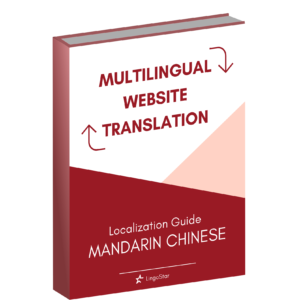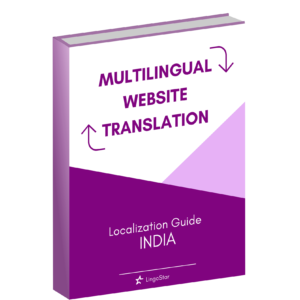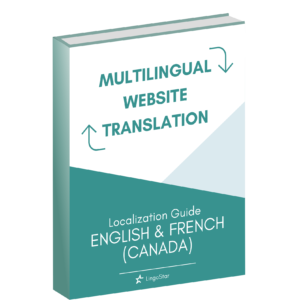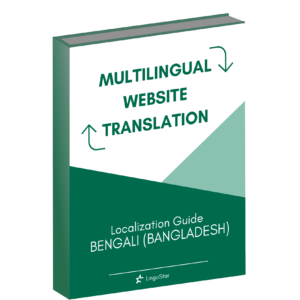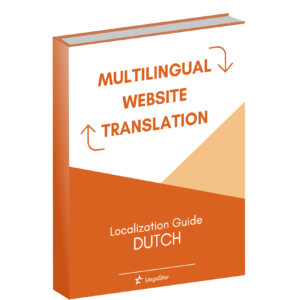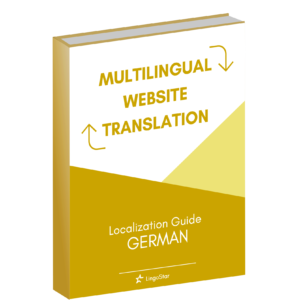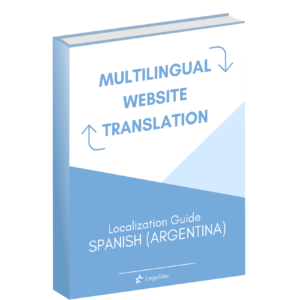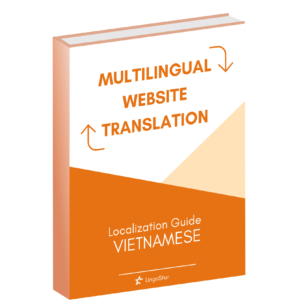COMOTION DESIGN
We help Comotion Design create a buzz for their clients by translating content so they can focus on the graphic design. This Vancouver-based advertising and brand consultancy company completes projects for Canadian companies looking to target foreign language target markets. Regular clients are the Forest Products Association of Canada (FPAC) and BC Blueberry Council, among others. We are proud to provide them with high-quality translations of their clients’ advertising and marketing content into multiple languages including French, Simplified Chinese, Korean, Japanese, European Spanish, Italian, and...





